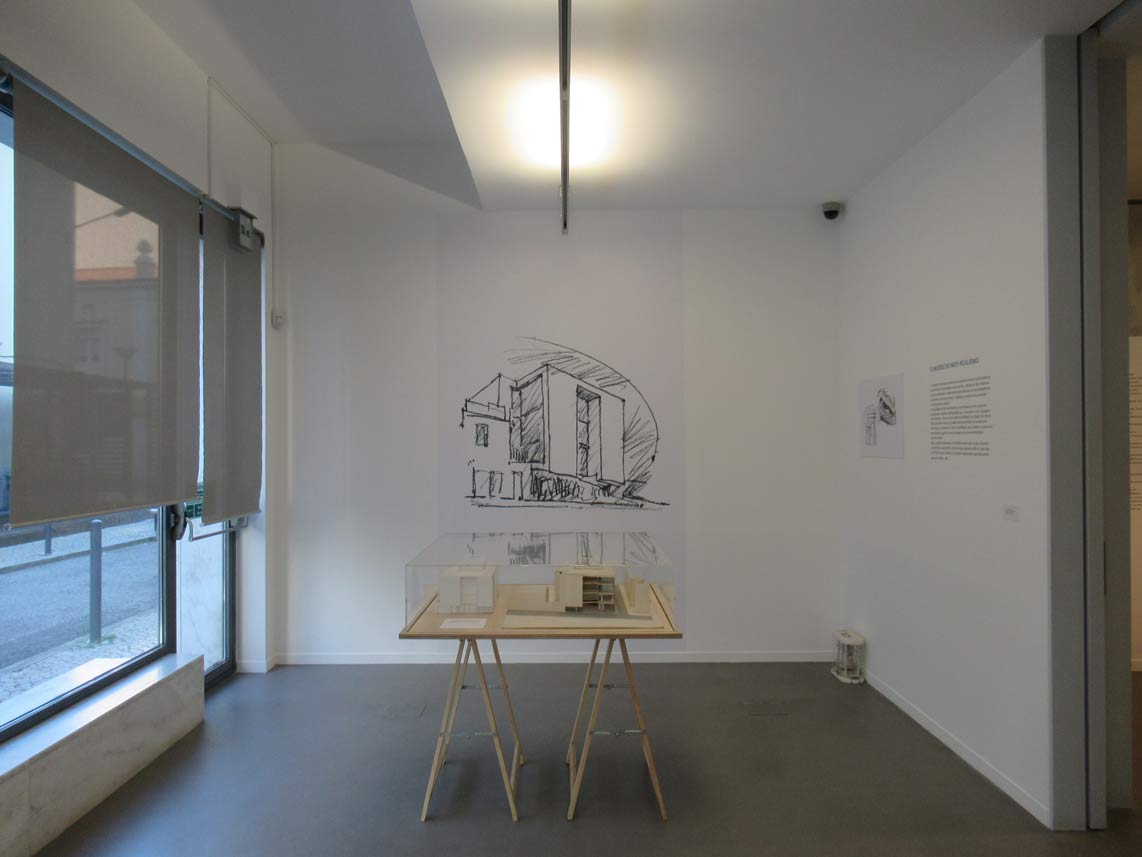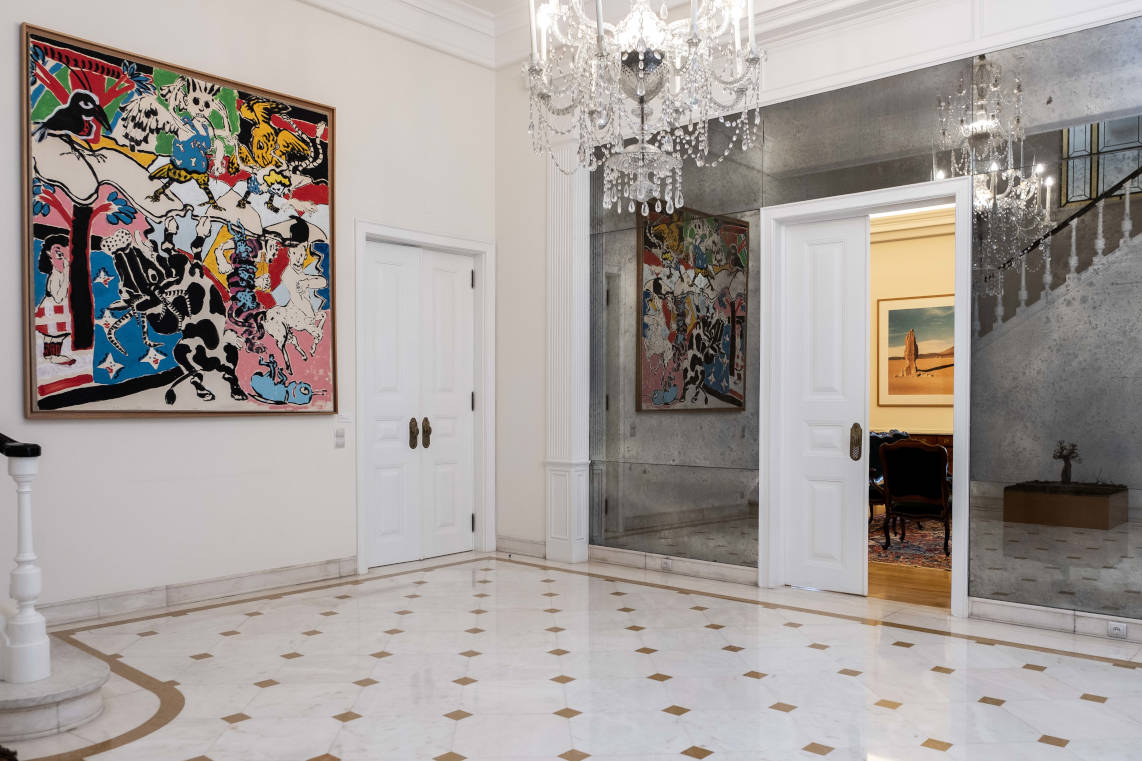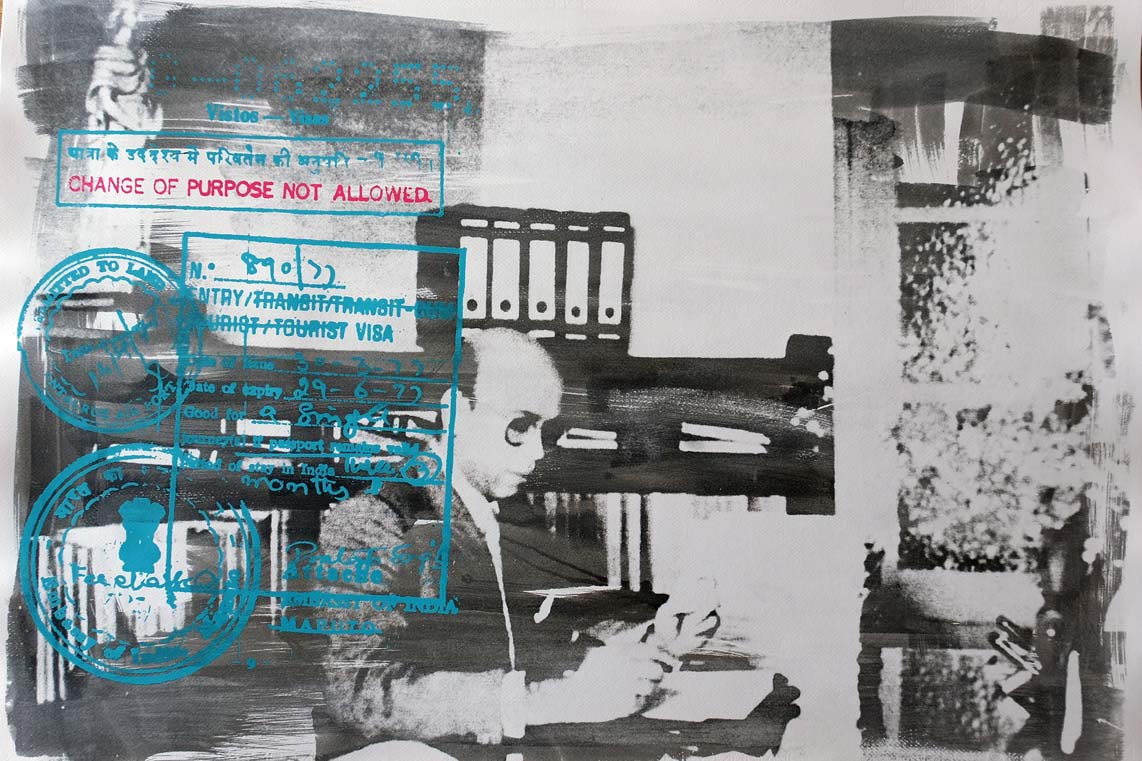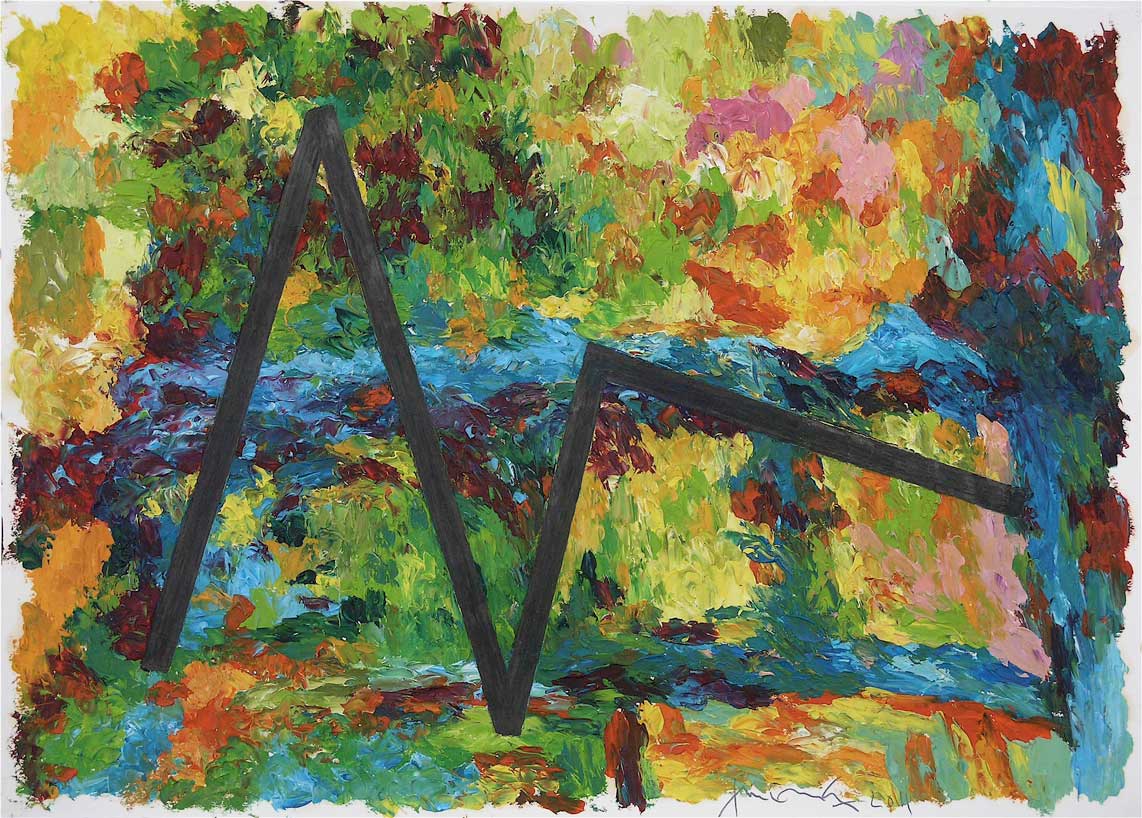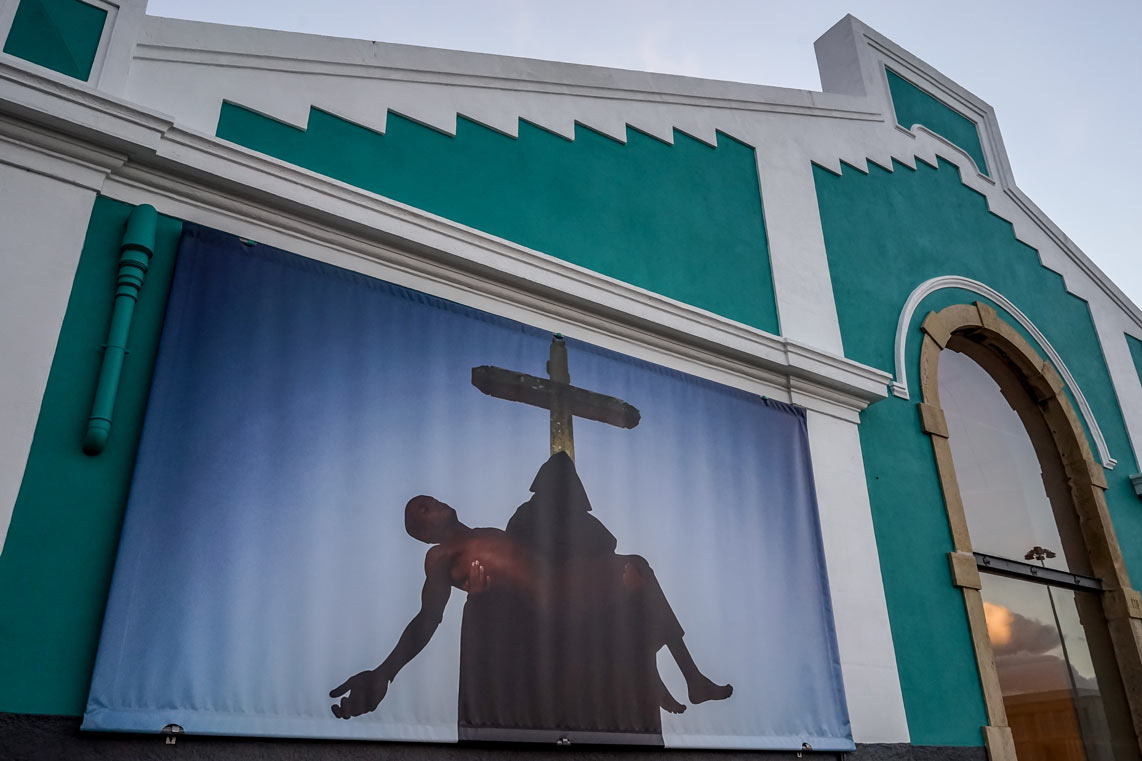One must ignore the urban centres for a bit just to see the works created by Pires Vieira in the last ten years, all gathered in the individual exhibition Geometrias I & II e outros objectos pictóricos 2009/2018, at Museu da Guarda, in a co-production with Ocupart – Arte em espaços improváveis, on display until May.
This exhibition encompasses different paintings, a recurrent mark of his works. Recognized as one of the most prominent figures of contemporary Portuguese painting, Pires Vieira (born in 1950) is a household name. With solid and matured efforts relying on different languages, with a versatile and awe-inspiring lexicon, the artist is celebrating in 2019 his 50th year as an artist.
In the 90s, Pires Vieira relinquished painting-related questions to assume another language in a different discourse, sometimes in three dimensions, thus pointing to the deconstruction of painting itself.
After 2000, the painter encountered a sort of balance between the analytical and programmatic components. He summons the history of art by making reference to well-known names of international artists, from expressionist painting to the most theoretical legacies of conceptual art, while also delving into the inheritance of psychoanalysis (of the support-surface movement, where he found comfort in his first years).
In 2002, the subject of his art shifts to painting itself once more, now with the much-needed transformations, praising the tactile and chromatic substance of the composition, re-encountering the roots, as if it were an eternal return.
“My series resembles a gallery of portraits, which you may need to go back to, to attest what you have identified or to add to what previously seemed to have been ignored” – Pires Vieira.
Geometrias II derives from an earlier sequence formed by similar elements, a characteristic of his late work. In other words, his compositions formally display a contrasting combination between strongly plastic abstractionism and the inculcation of thick, black-painted strokes of a sharp geometry marked by an abstract nature. The landscape matrix is painted in layers arranged in horizontal stripes, shattering the continuity of the depiction, producing an interplay between the quality of the informal and geometrical elements.
Two different discourses and stances step forward: one more contemplative, calmer and flexible, less rigid, drenched in a plastic experience of vibrant color, in a more subjective time, a sensitive appeal of great vitality, and another more reflective, disturbing, rational, embracing symbolism. He manages to reconcile two conflicting worlds, starting from the pictorial dazzlement towards the conceptual exercise.
The drawn lines of the polyhedral shapes are marked by dense, incomplete slashes/scratches, fuelling a disturbing effect, precisely brought by the fact that the line running through the screens is interrupted. The polygon lines are a source of restlessness.
The works of Geometrias I yet again present these very same black traces, but in a continuous gesture, in puzzle-arranged pieces, with text boxes as part of the composition, which completely disappear in the most recent series, in an interference of the written word, similar to the series Who is afraid of, whose greatest asset is the visual sturdiness, an element more attached to the realm of intelligibility than of the sphere intuitiveness.
Shortly put, Pires Vieira follows a recurrent motto in his work, where an image may conceal another, something he blatantly assumes in a title of one of his set of works Une image peut en cacher unites autre – visible in the 2009 series, in the Polígonos irregulares sobre um tema de Monet. With this set, the artist radicalizes his discourse, black polygons completely cover and taint the abstract composition, assuming the central position and matching exactly the immediate perspective of the viewer, as if these dark polyhedral volumes are capable of hiding parts of the painting itself, in an attempt to mobilize and challenge the codes for new readings.

